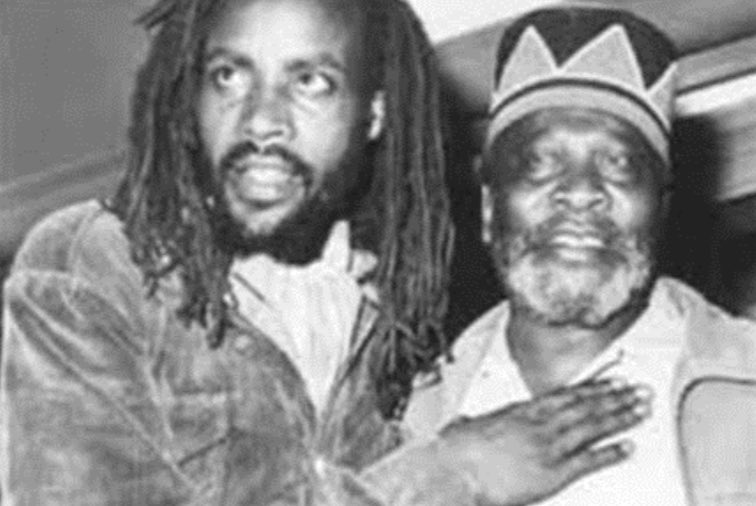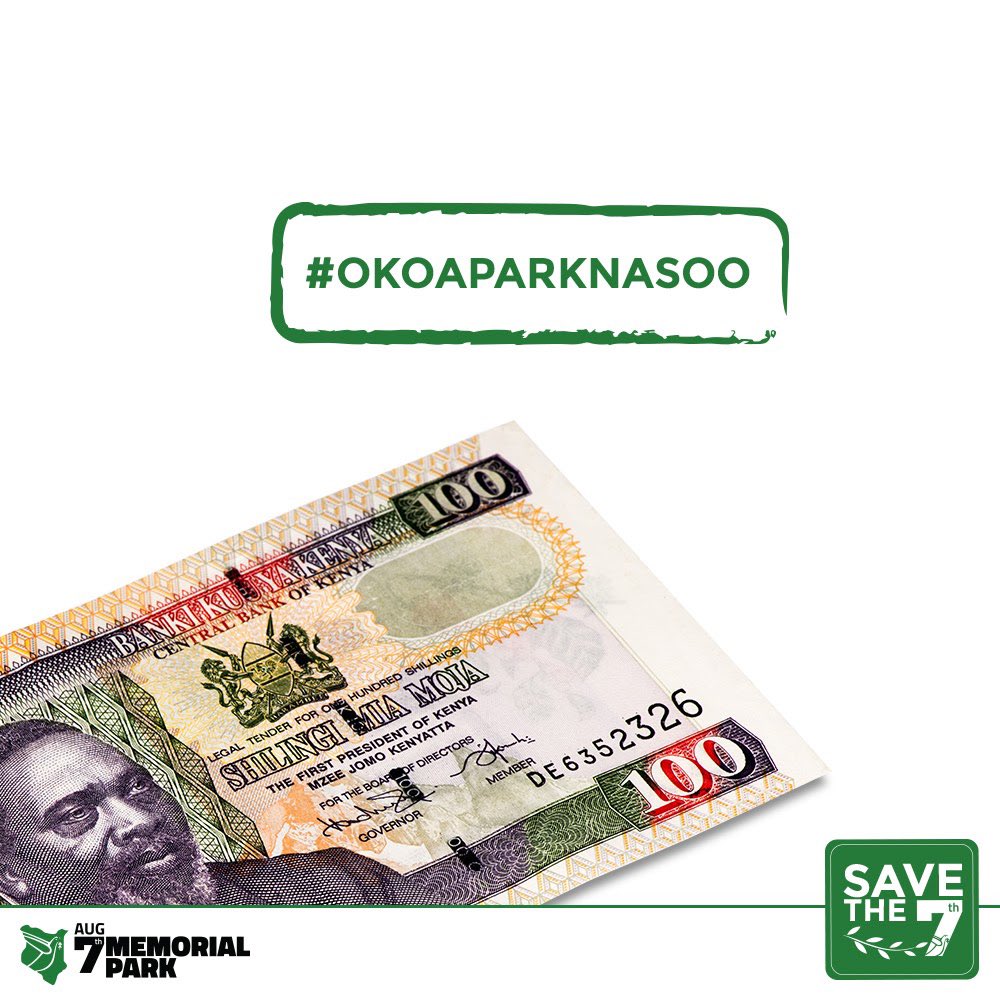
Thread: Someone shared this screenshot with us. But the info on this tweet isn’t entirely true so we will thread our perspective, which we know is the correct one, and which can be corroborated from other dependable sources 👇🏽. 

Although Mzee Kenyatta was the Prime Minister, he didn’t jail Mwariama for “holding illegal meetings with Mau Mau fighters…”
Days after independence in 1963, Mwariama responded to pleas from the nascent government for the last Mau Mau fighters to leave forests and surrender their arms.
Accompanied by his fighters, Mwariama visited Mzee at Gatûndû farm on 16th December 1963 and announced that they were giving up their arms. They also said they would join the nascent government in nation building.
In recognition of Mwariama’s exploits as a Mau Mau leader, and also as a reward for surrendering his arms, Mzee Kenyatta conferred him with the Elder Of The Burning Spear Award. 

In addition, Mzee Kenyatta subsequently ordered that the family of Mwariama, whose real name was M’Kîrîgwa M’Muchiri, be settled on a 15-acre farm at Kiambogo village, Timau area, Buuri sub-county, Meru County.
In February of 1964, Mwariama accompanied by some men stormed a police station. It is believed they wanted to forcefully free one of Mwariama’s former fighters, who was being held at the station for reasons we are yet to establish.
On 12th March the same year, Judge James R. Mcready sentenced Mwariama to five years in jail for violent conduct at a police station, and for the illegal possession of a firearm.
Sometime in 1966, Mzee Kenyatta hosted a delegation of Njuri Ncheke leaders at Gatûndû. The leaders informed Mzee of Mwariama’s incarceration.
We can’t tell if Mzee was aware that the native of Nyambene was behind bars.
We can’t tell if Mzee was aware that the native of Nyambene was behind bars.
Consequently, Mzee ordered that Mwariama be released. He had served a little over a year of his five-year sentence.
It would be unfair to insinuate that the founding President had a direct role in the incarceration of Mwariama. Circumstances, at least, don’t point towards that being the case.
One day, God willing, we shall write about the matter of Gen. Baimungi.
Oh, the screenshot we shared is of a tweep who blocked us a long time ago. We hope our thread reaches them, however 😉.
• • •
Missing some Tweet in this thread? You can try to
force a refresh











